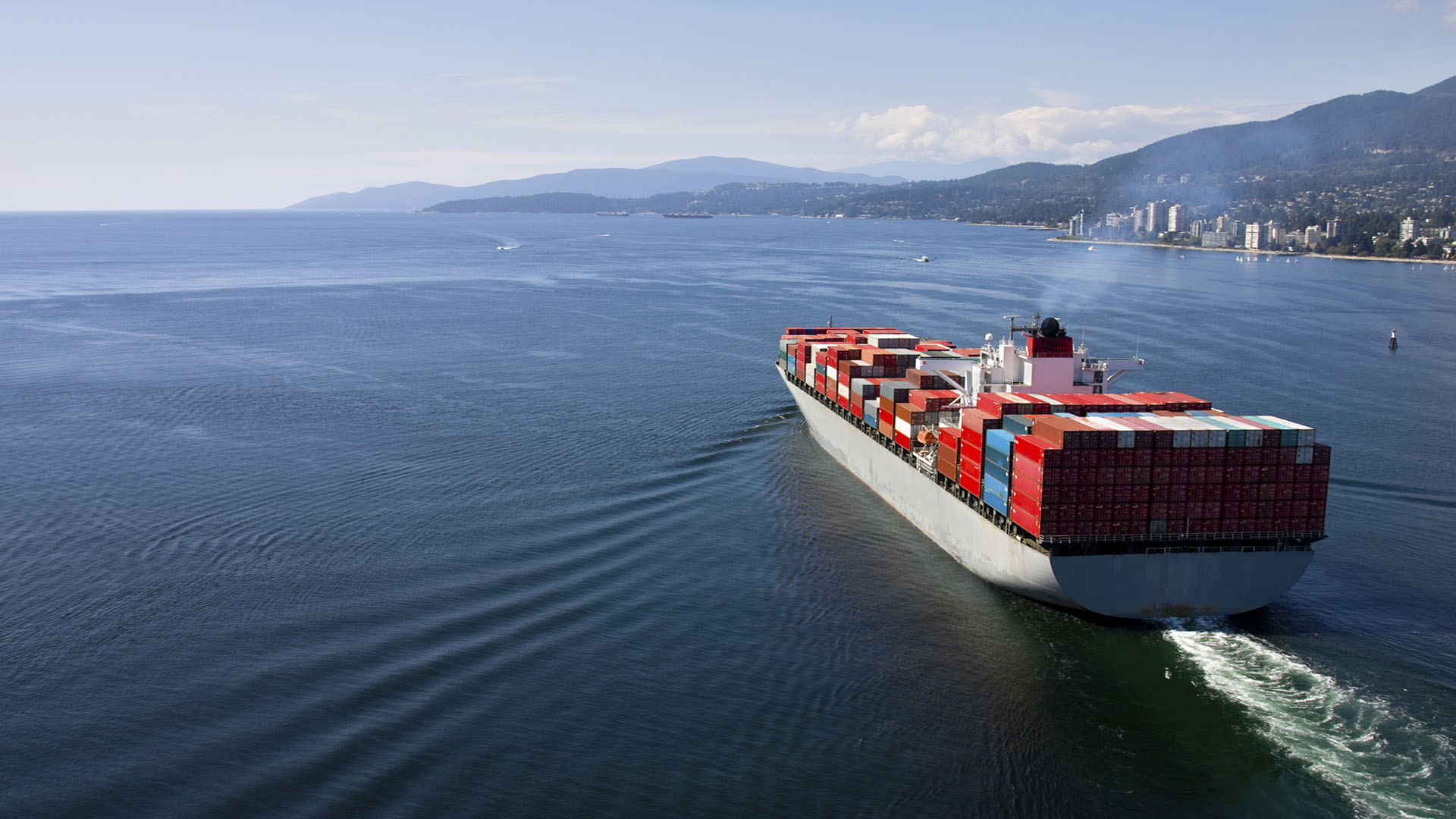
Canada – Marine Carrier Codes
The Canadian Carrier Code and new requirements as issued by the Canada Border Services Agency
The Canadian Border Services Agency (CBSA) requires all commercial carriers and freight forwarders to electronically report cargo and Advance Commercial Information (ACI), prior to arrival of the cargo and the vessel in Canada. The reporting is to enable the CBSA to identify goods of an unknown or high risk. This must accordingly be complied with within a prescribed time frame prior to arrival or prior to loading depending on the type and origin of goods.
Under the ACI initiative the ultimate responsibility for such reporting falls on “marine carriers”. The identity of the marine carrier, for the purposes of ACI, is defined as “the entity operating a conveyance transporting specified goods to Canada”. Vessel information, on the other hand, must be transmitted by the entity responsible for operating the vessel, which could include the registered owner or the time charterer. In practice, the vessel’s agent will most likely transmit the cargo and conveyance data directly to the CBSA.
Data must be transmitted by the carrier using the Electronic Data Interchange method. This method must be strictly complied with as of 31 October 2013. Further note that as of 30 September 2013, any marine agent carrier codes will cease to exist and only the new carrier codes are to be used.
How to proceed
In order to transmit the data, each carrier will need a “carrier code” which will identify the carrier in question. Carrier code application forms are available from the CBSA website https://www.cbsa-asfc.gc.ca/services/carrier-transporteur/menu-eng.html.
Freight forwarders, who may not wish to divulge information to carriers or their agents, may apply for their own “carrier code” and may electronically transmit this information directly to the CBSA.
Additional information on carrier code requirements and how to obtain a carrier code can be found in CBSA Departmental Memorandum D3-1-1 “Policy Respecting the Importation and Transportation of Goods” (https://www.cbsa-asfc.gc.ca/publications/dm-md/d3/d3-1-1-eng.html).
Carrier bond
Marine carriers that wish to forward cargo in bond from a Canadian seaport overland to a Canadian destination must post security in the amount of C$25,000 and complete Form E 370, Application to Transact Bonded Carrier and Forwarding Operations. Note that a carrier need not post a bond if it is not responsible for the inland movement of the cargo.
There are two different types of carrier codes in this regard, bonded and non-bonded.
Bonded: https://cbsa-asfc.gc.ca/publications/forms-formulaires/e370.pdf
Non-Bonded: https://cbsa-asfc.gc.ca/publications/forms-formulaires/e369.pdf
Member Alert is published by The Swedish Club as a service to members. While the information is believed correct, the Club cannot assume responsibility for completeness or accuracy.